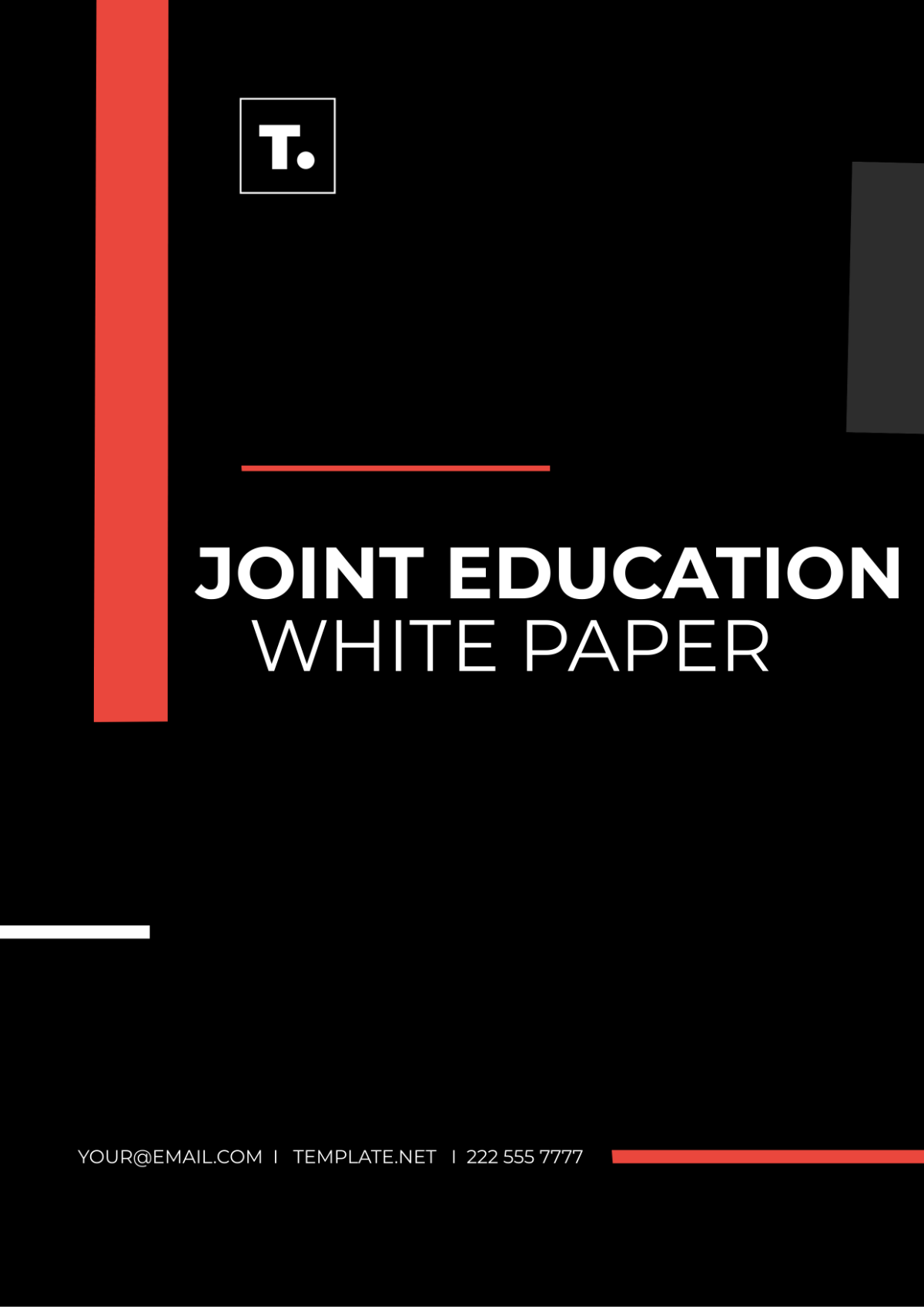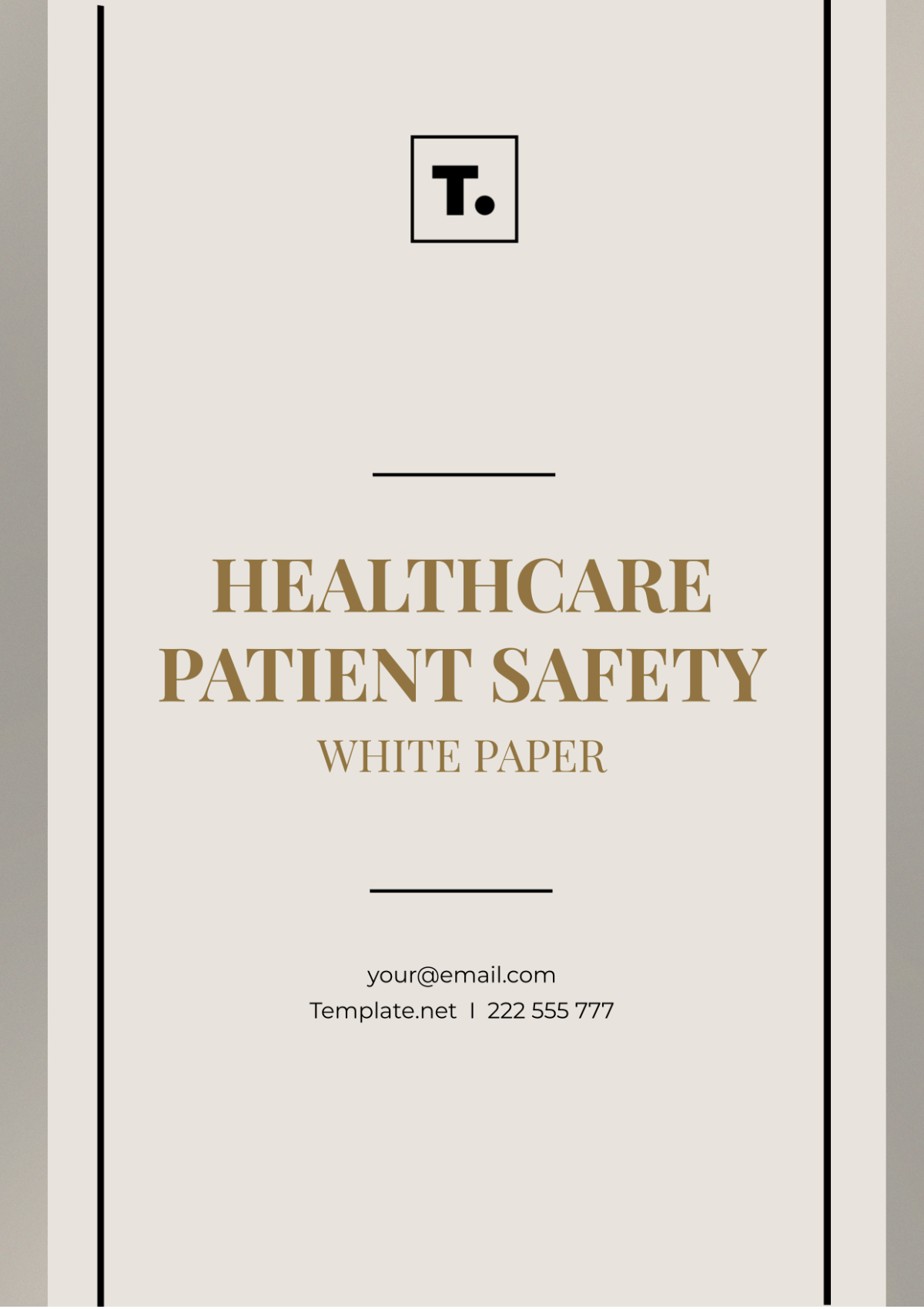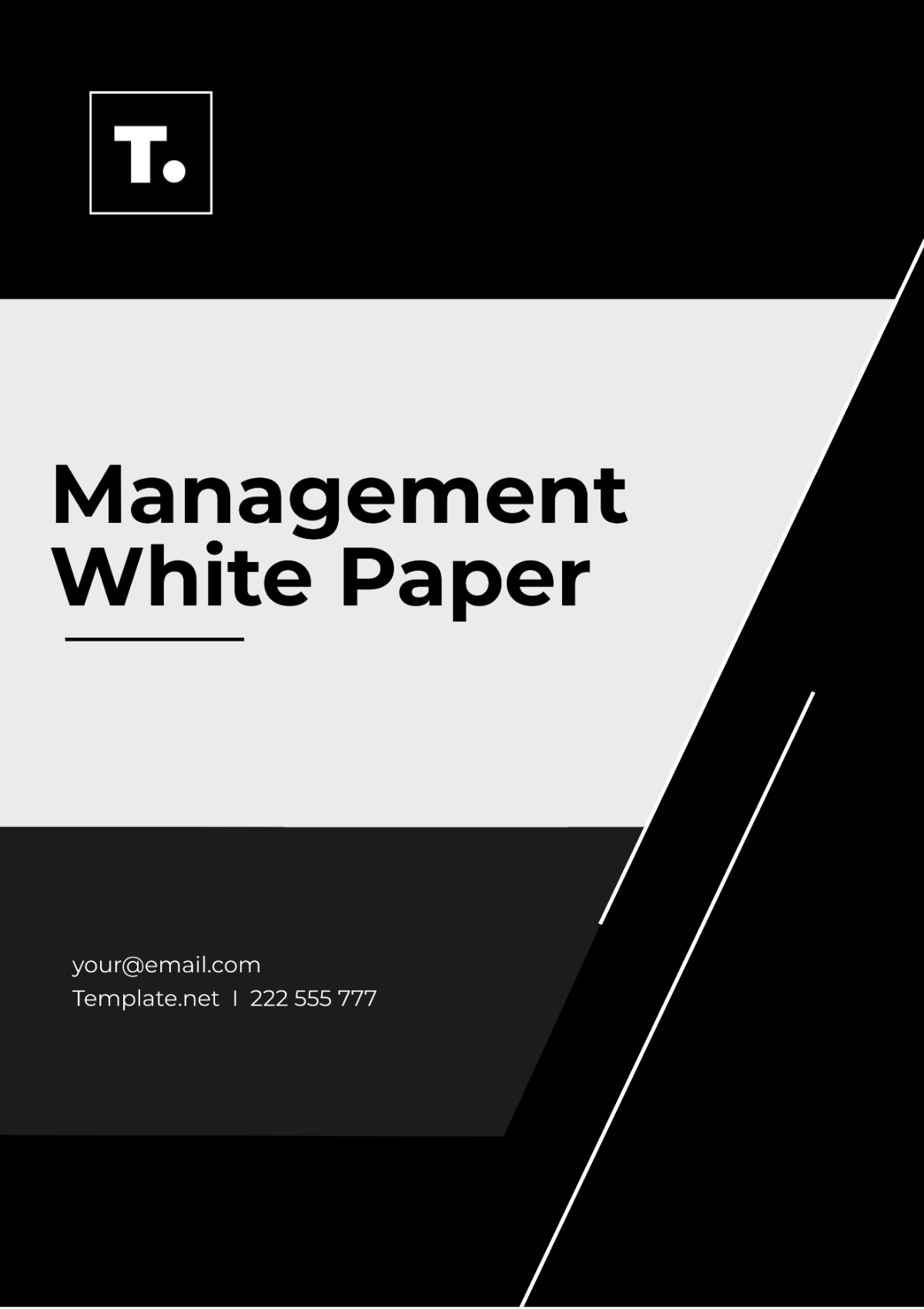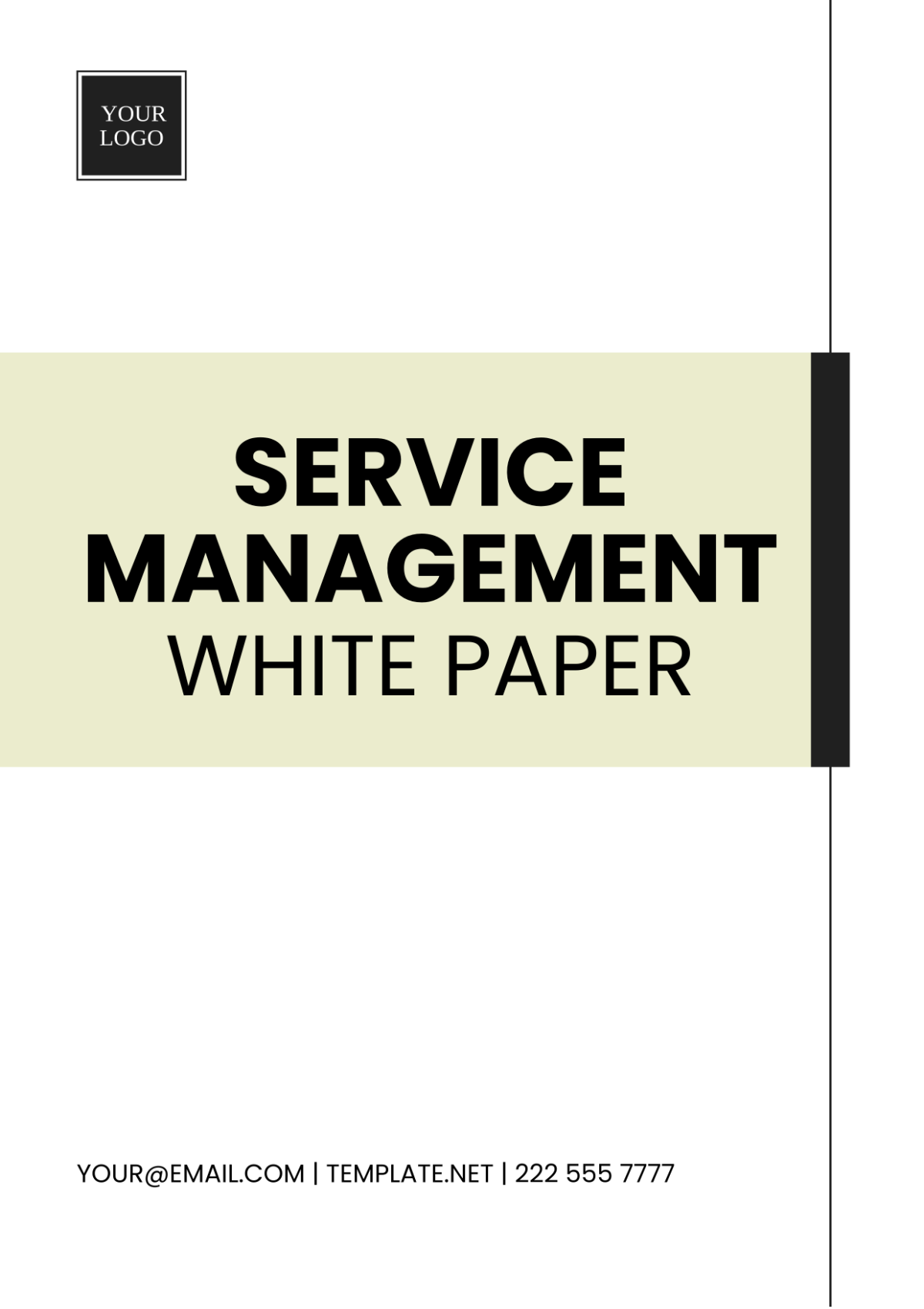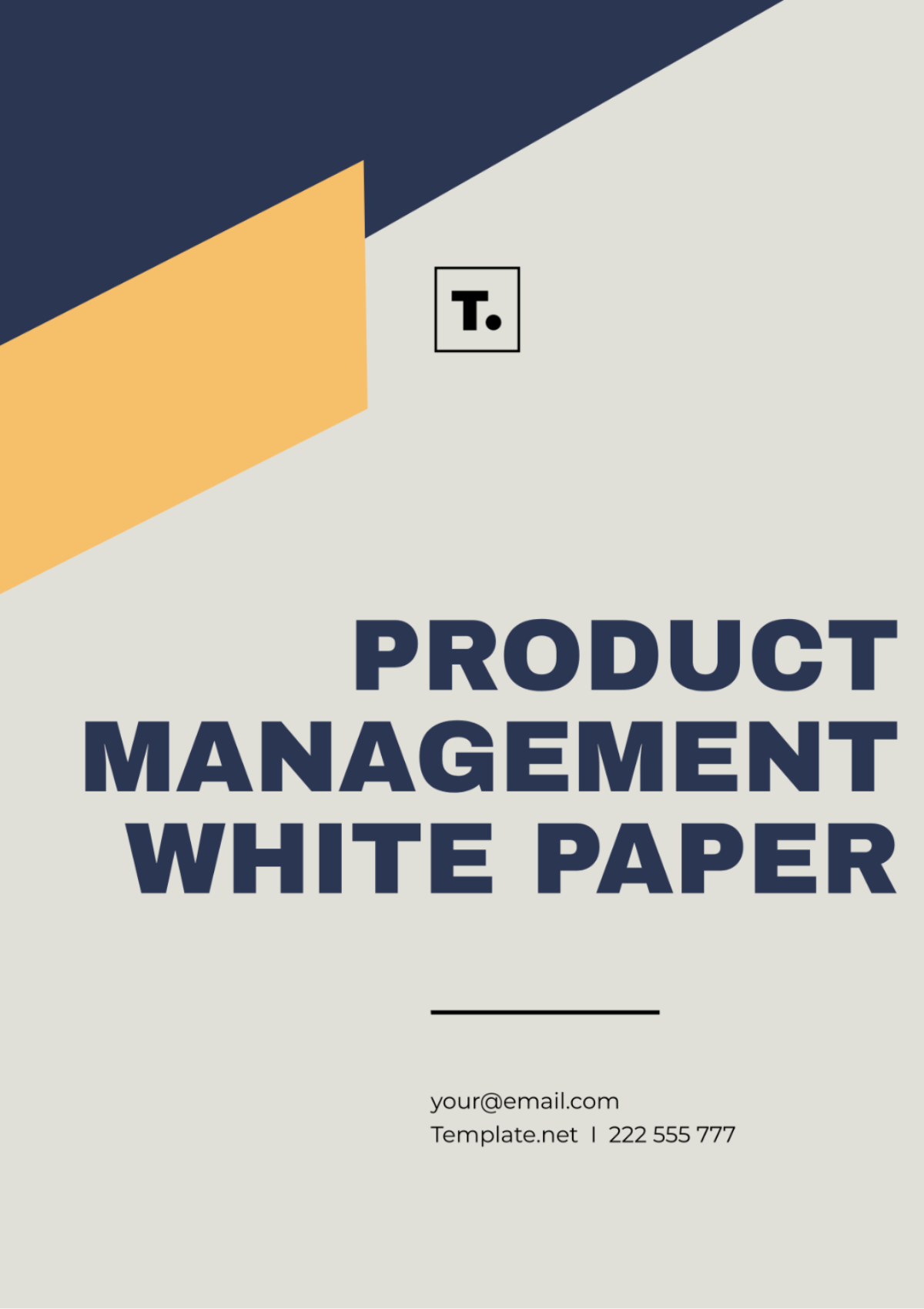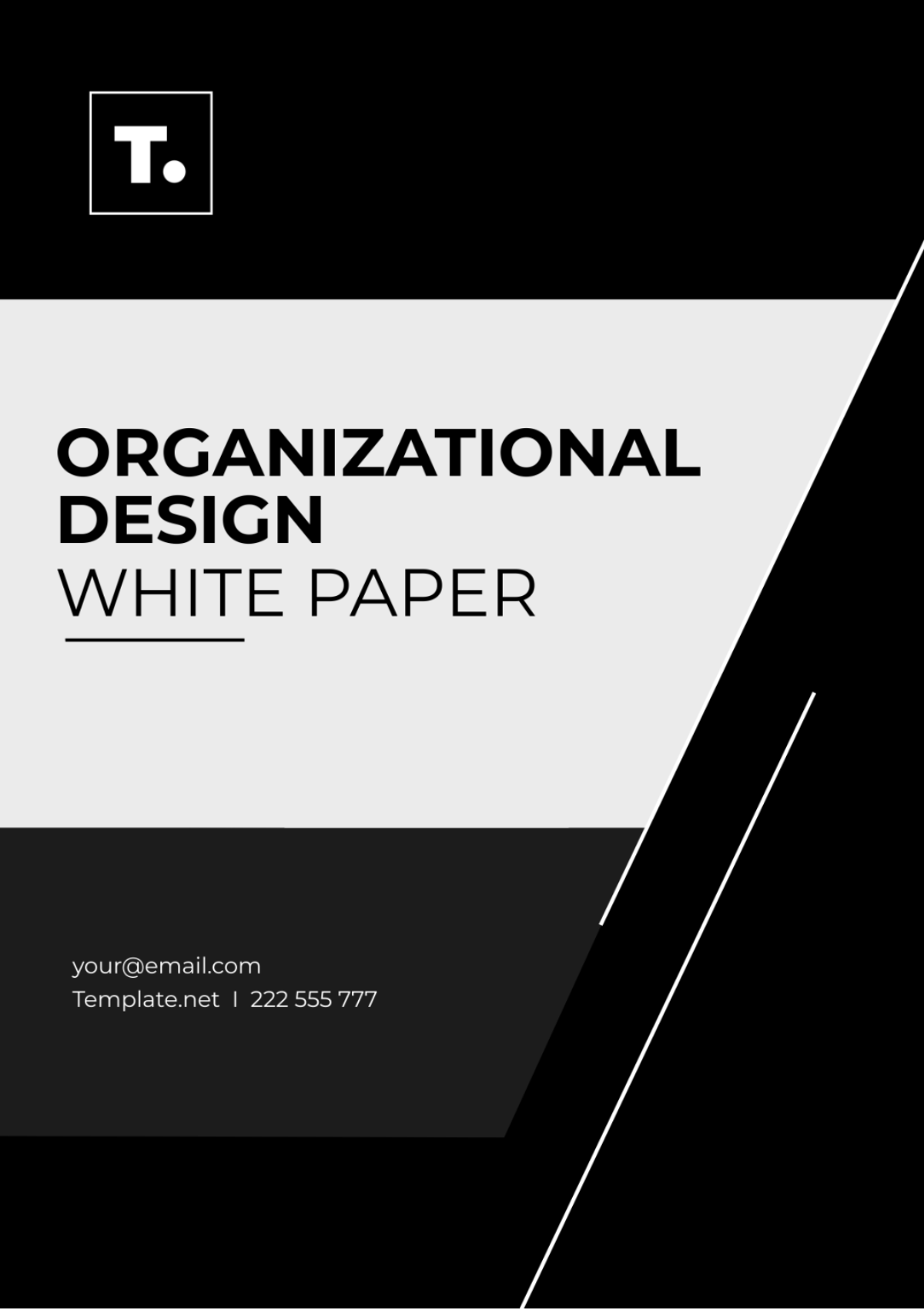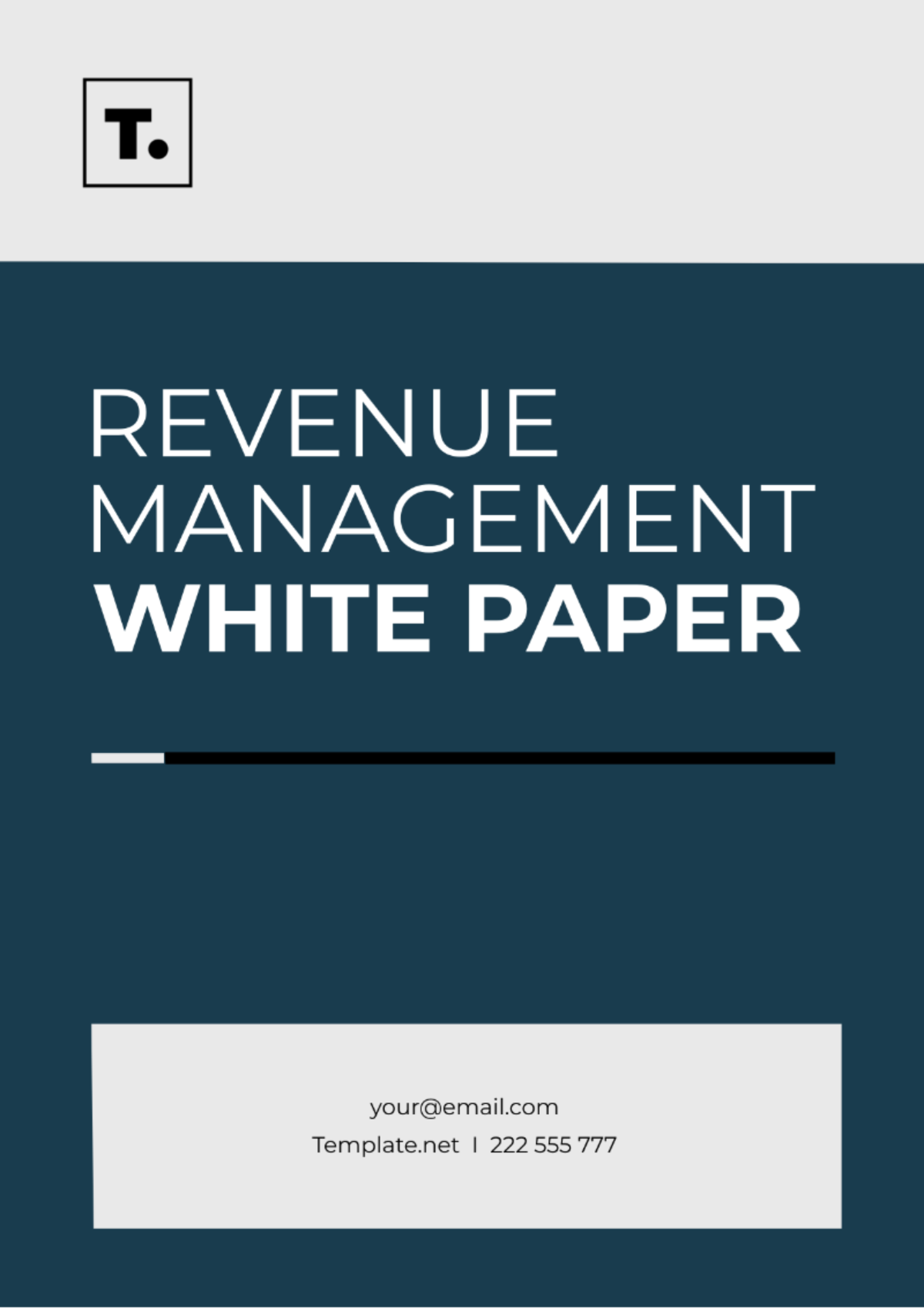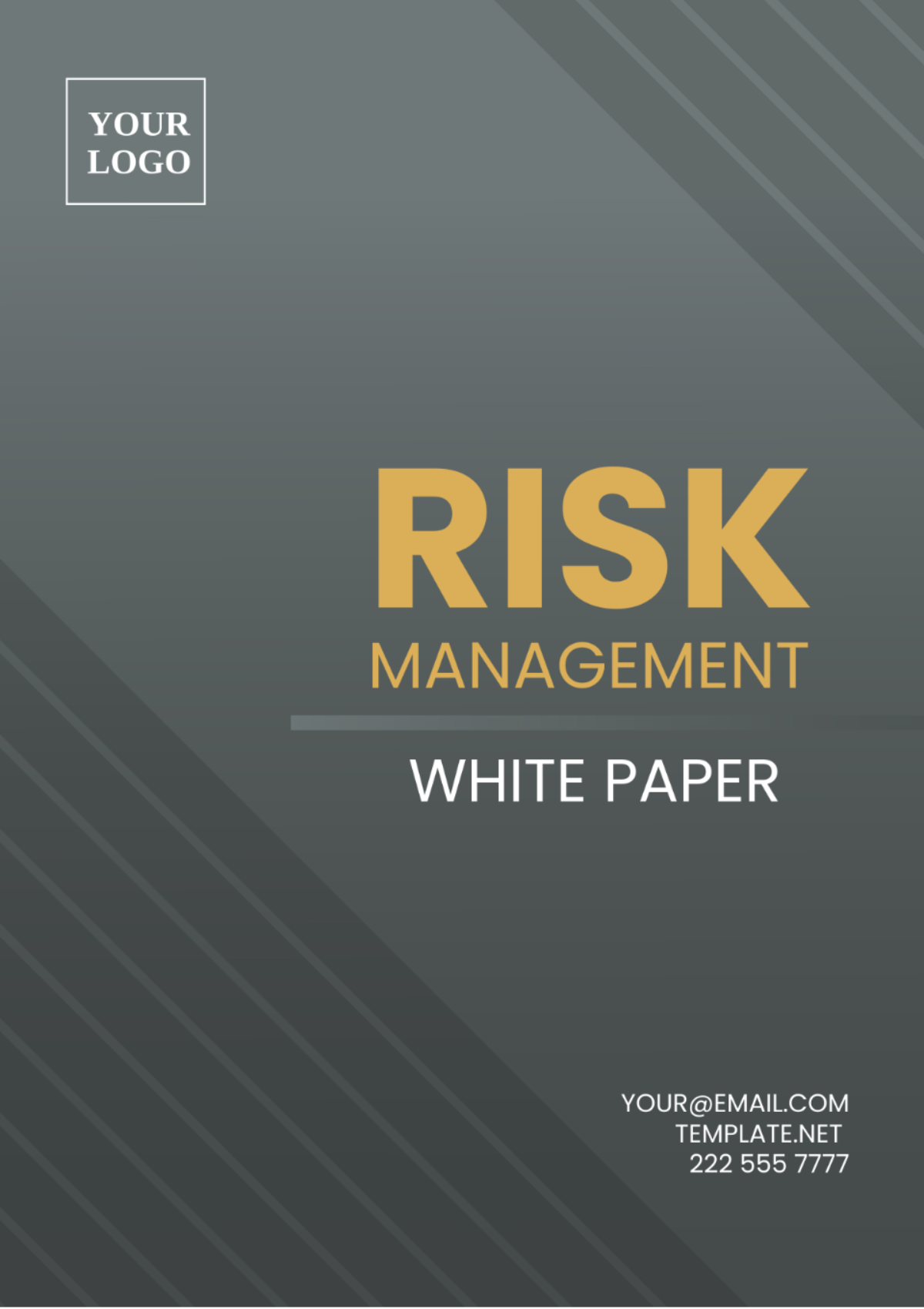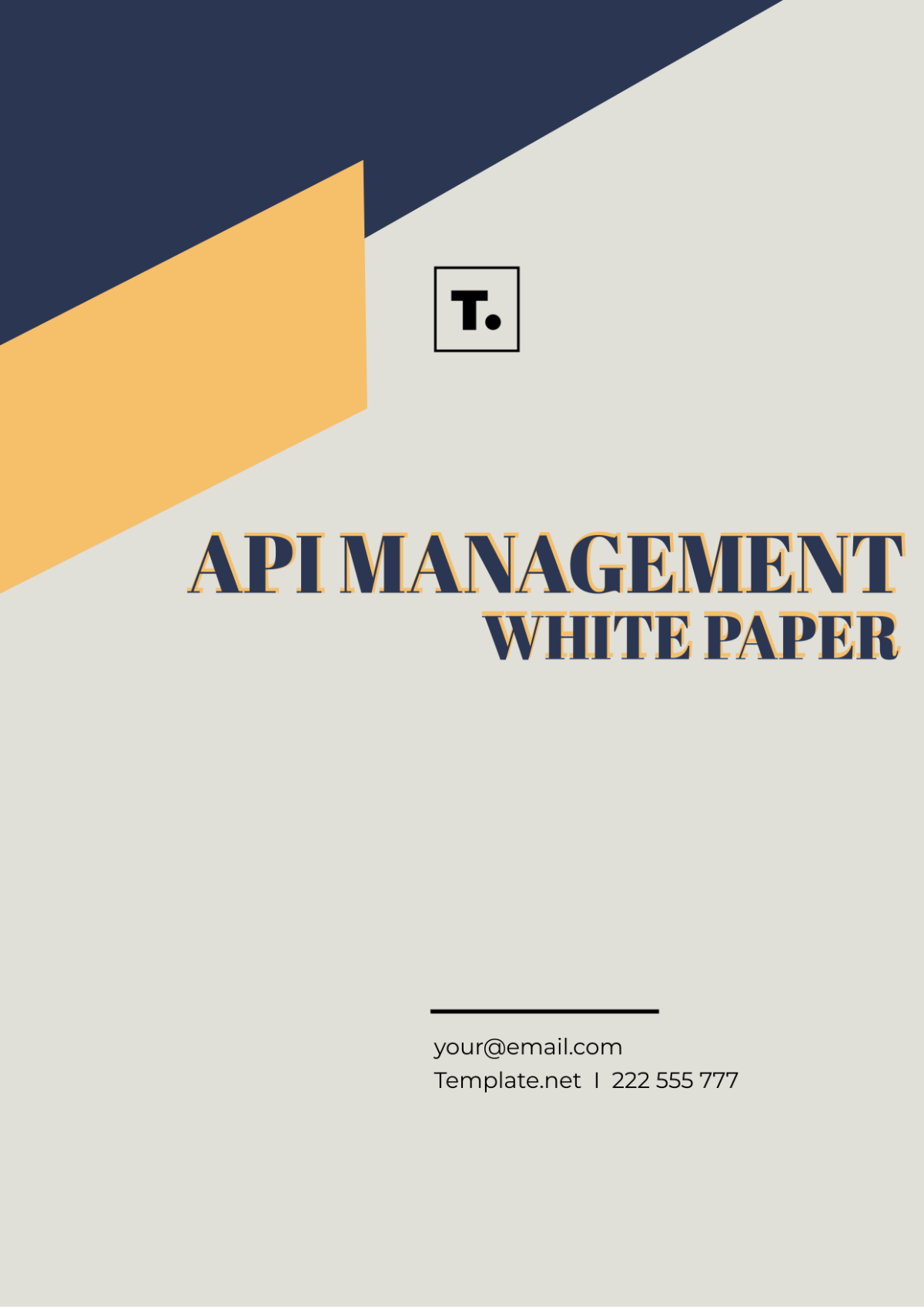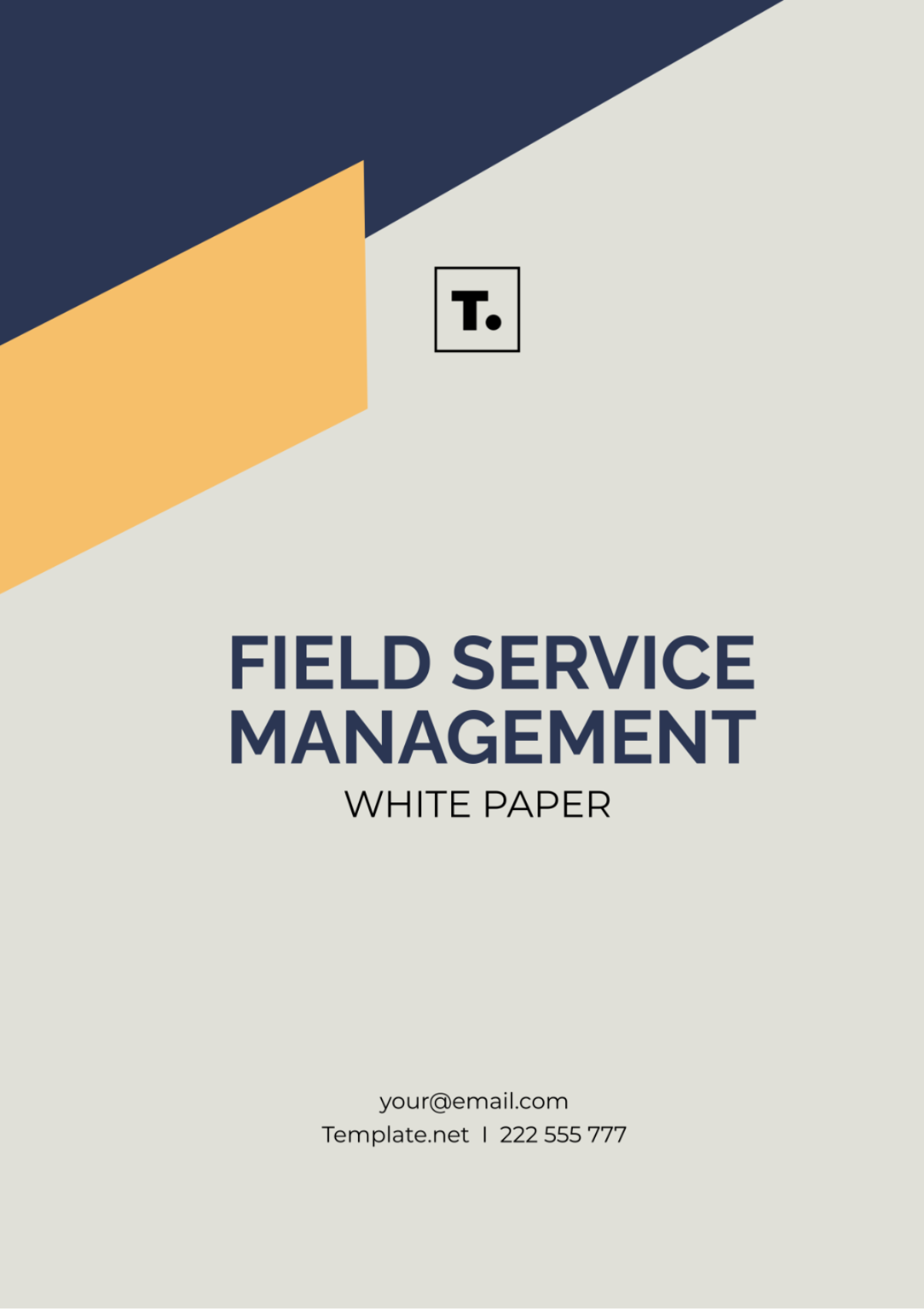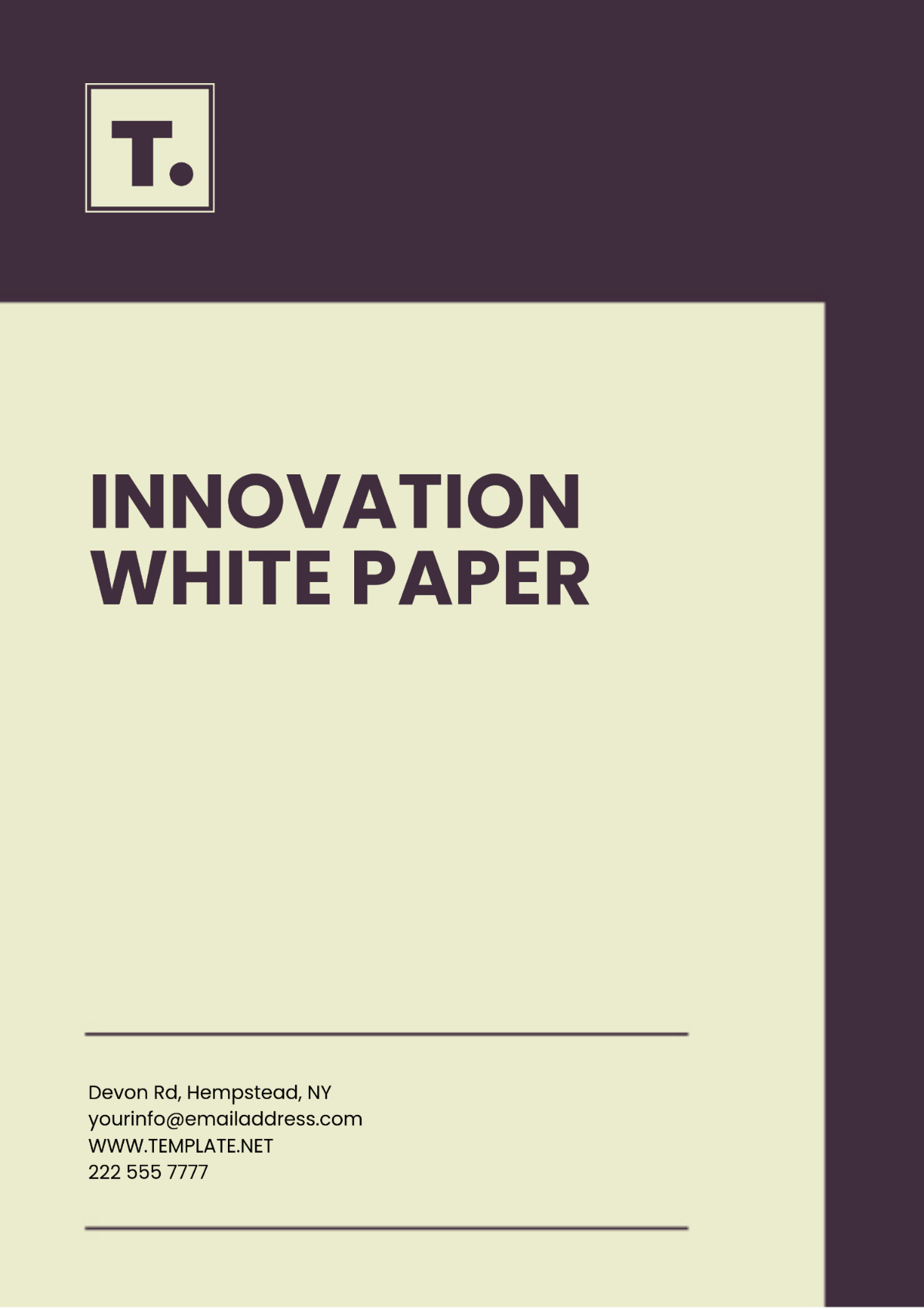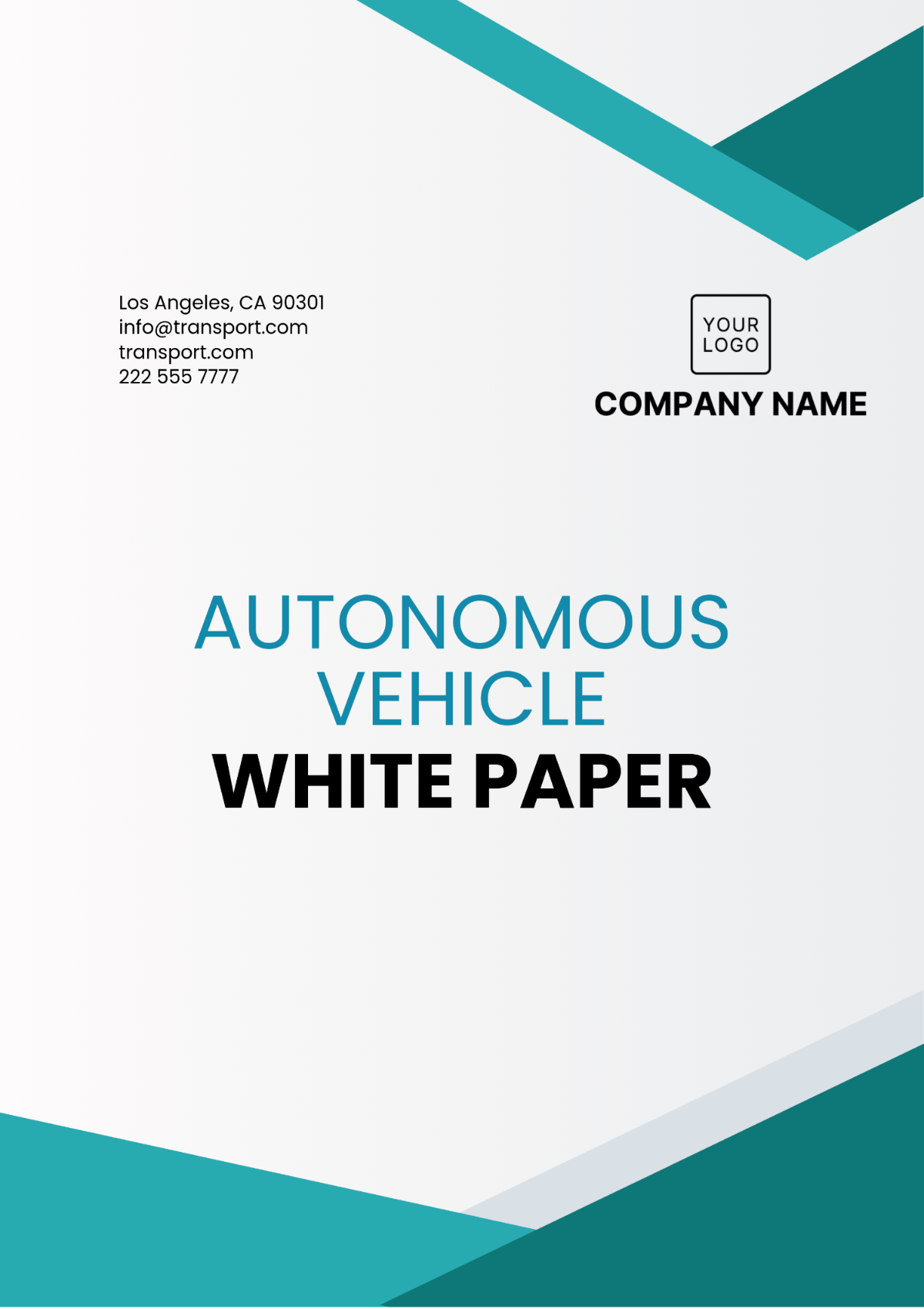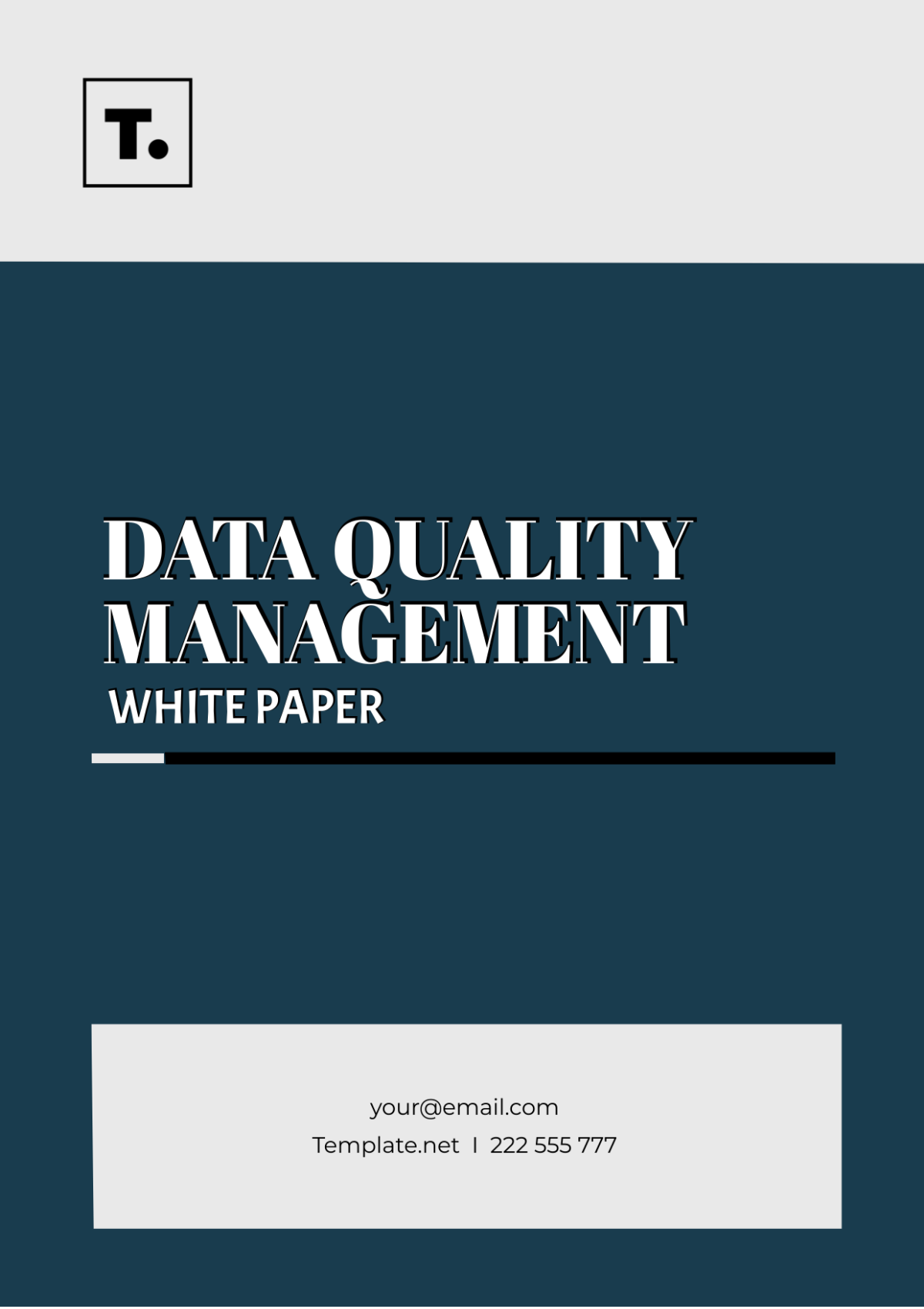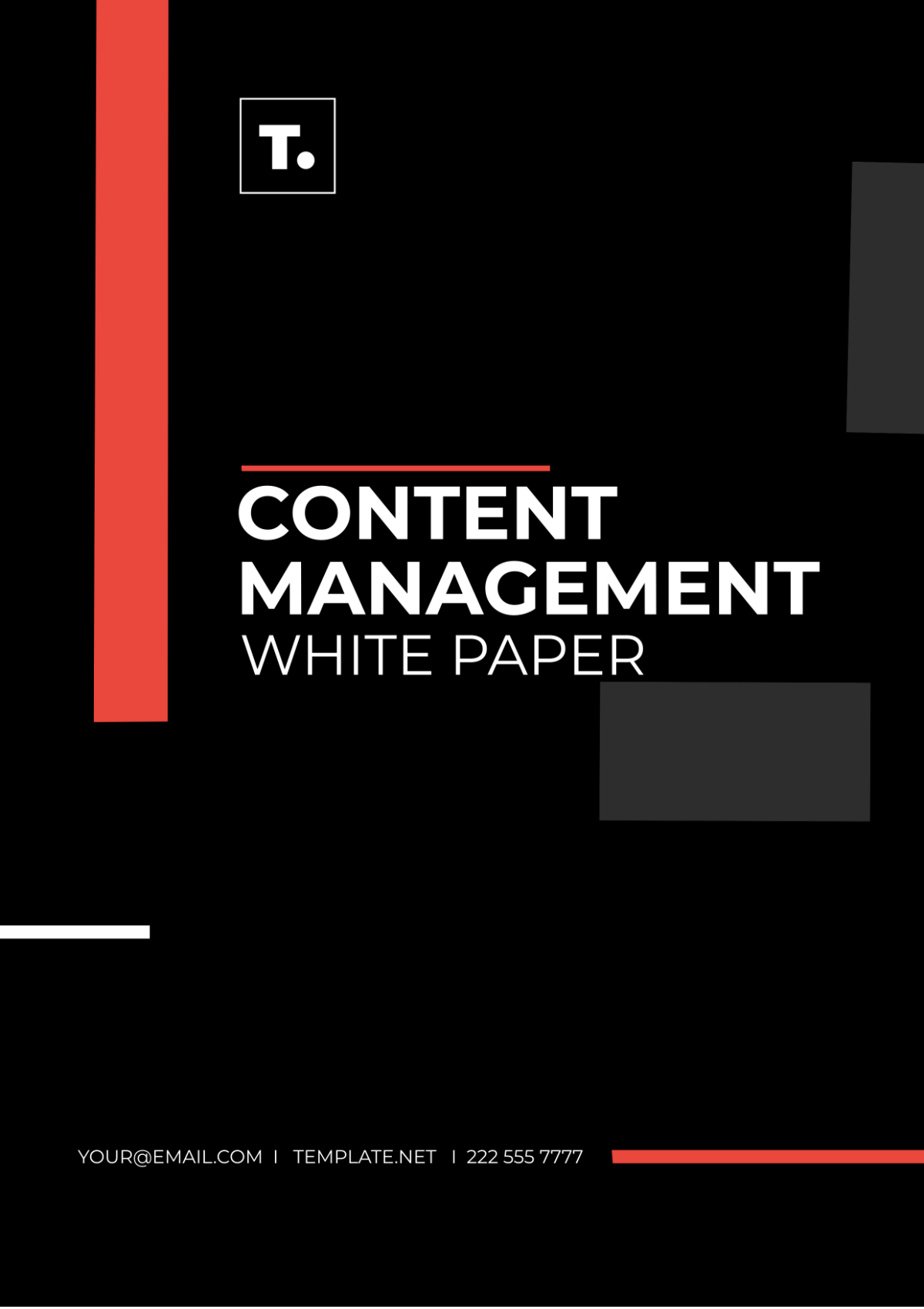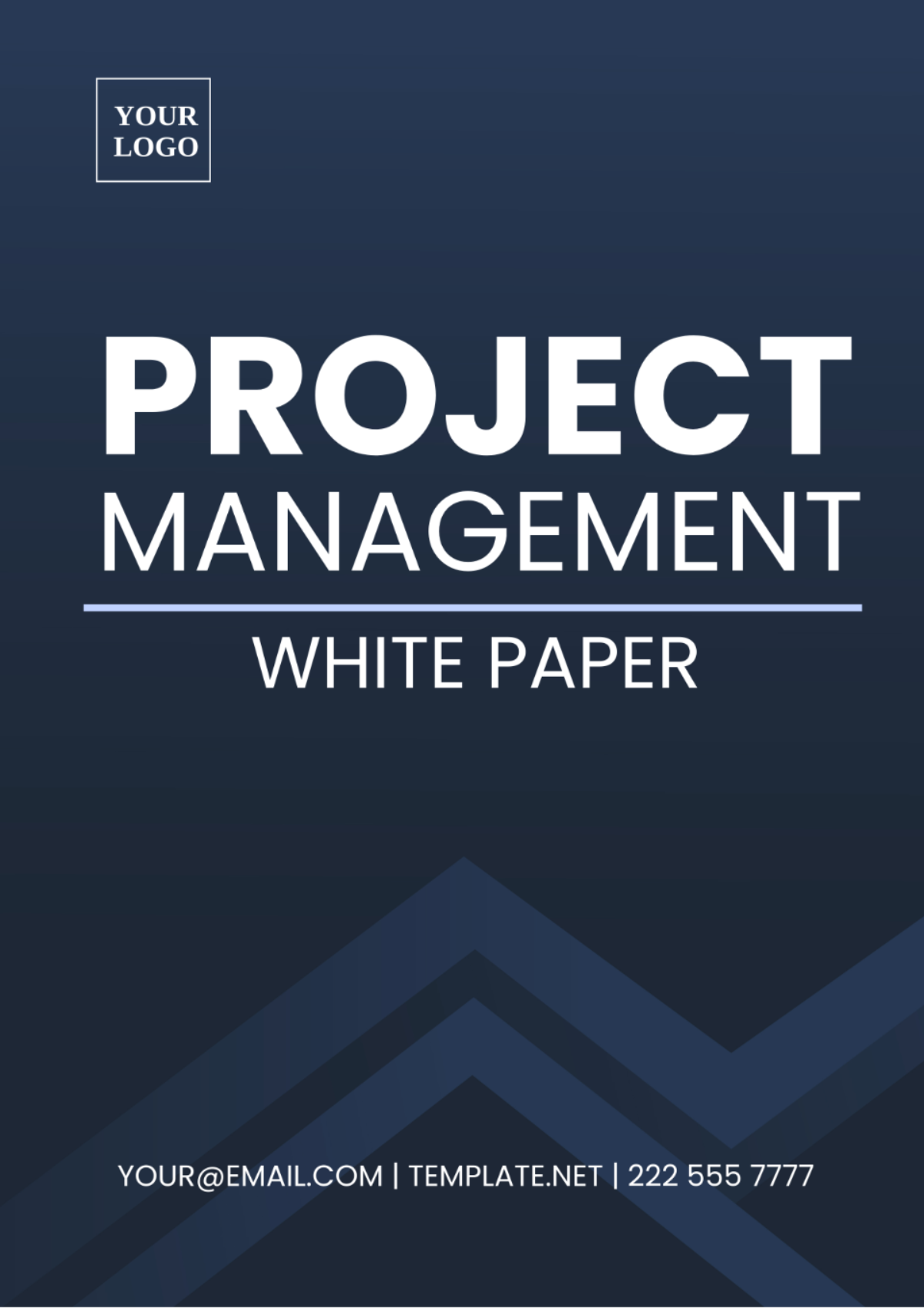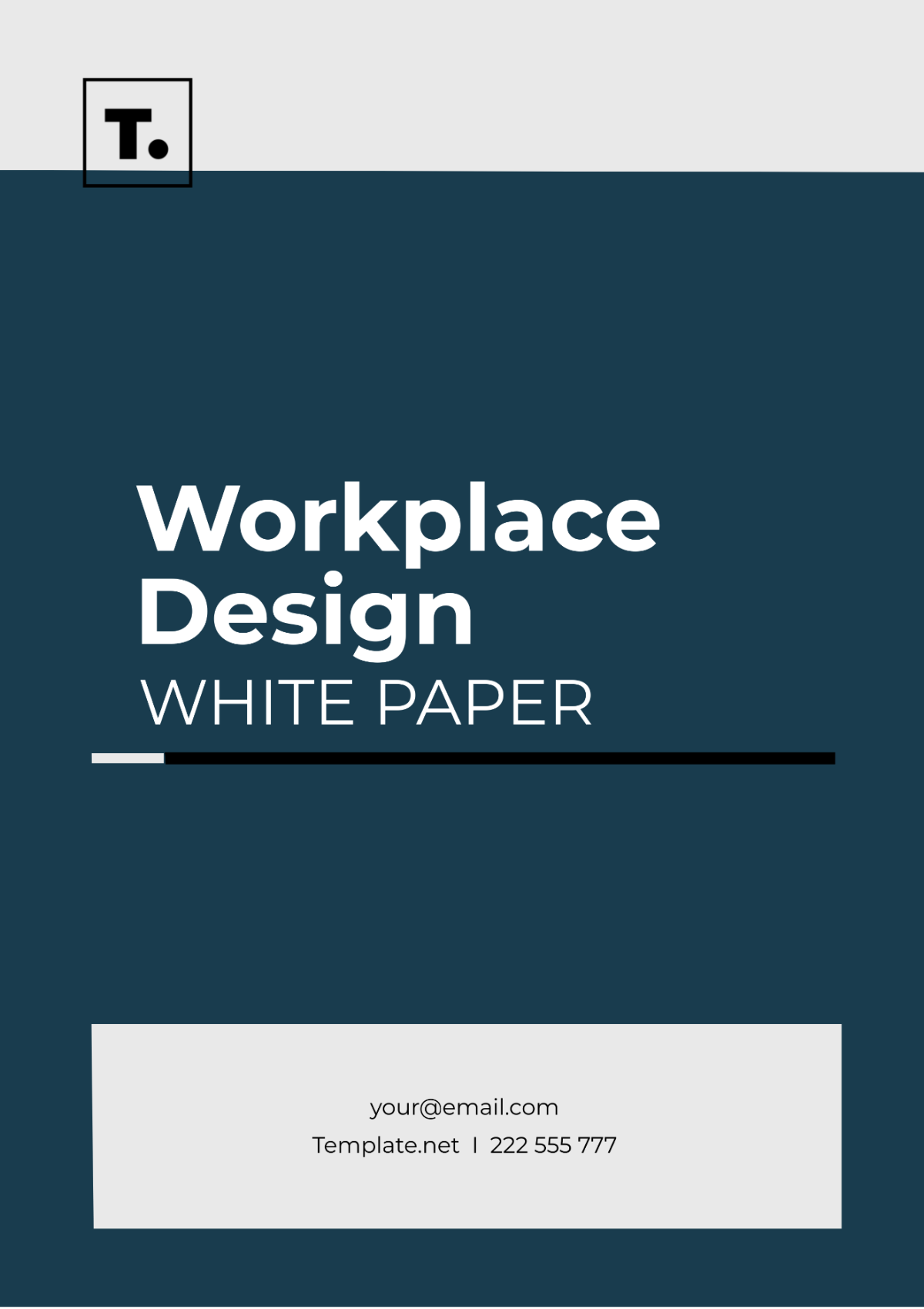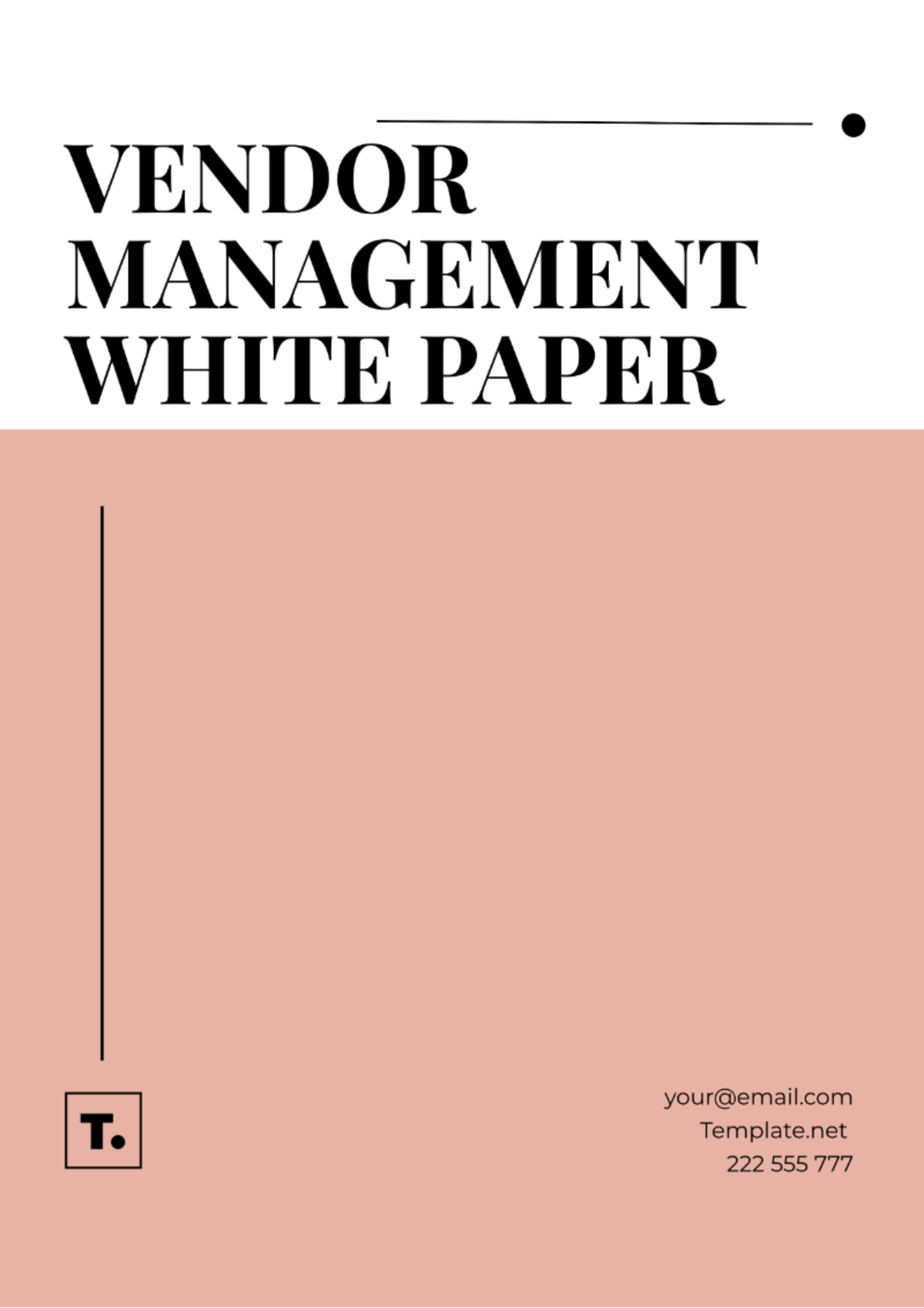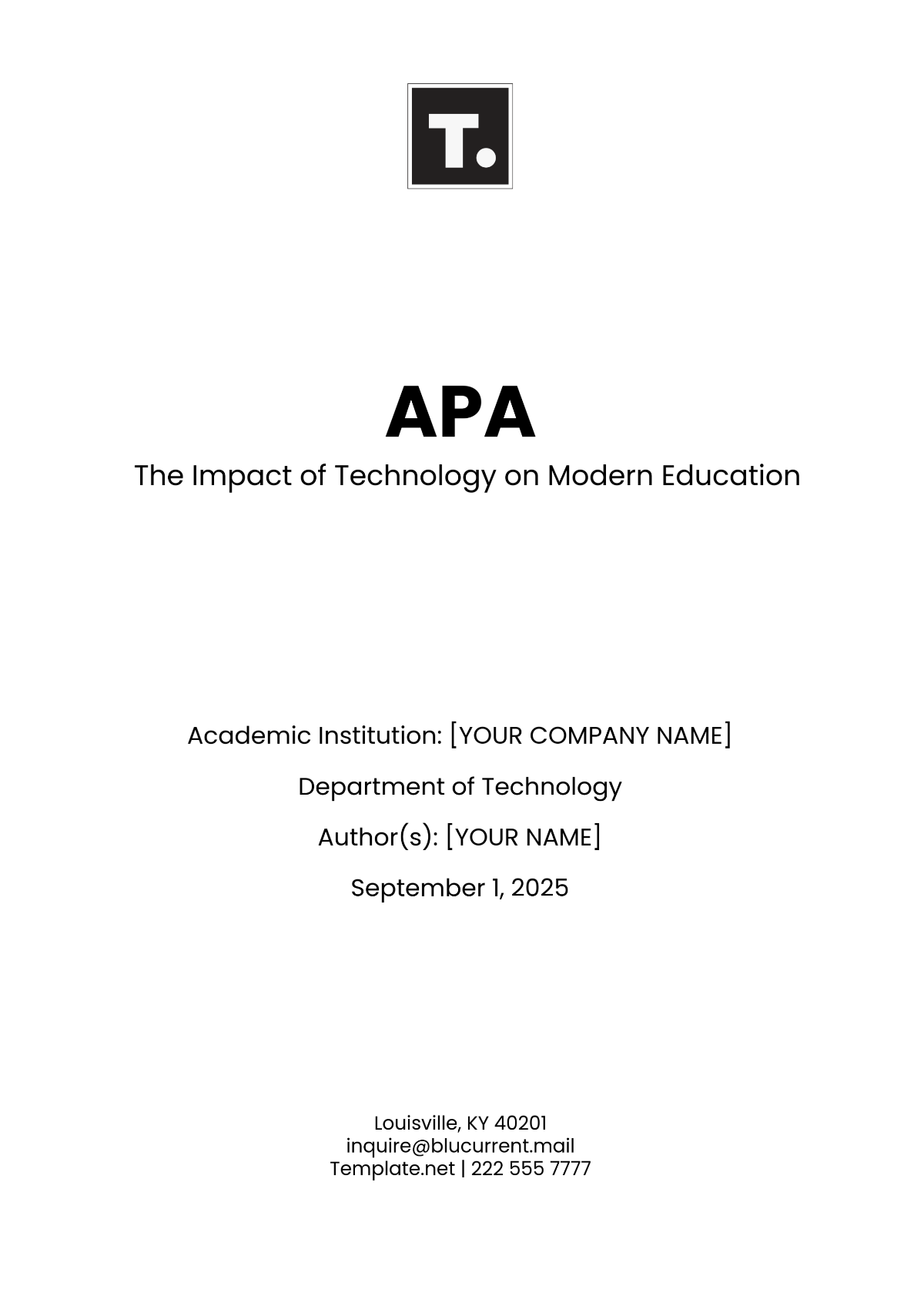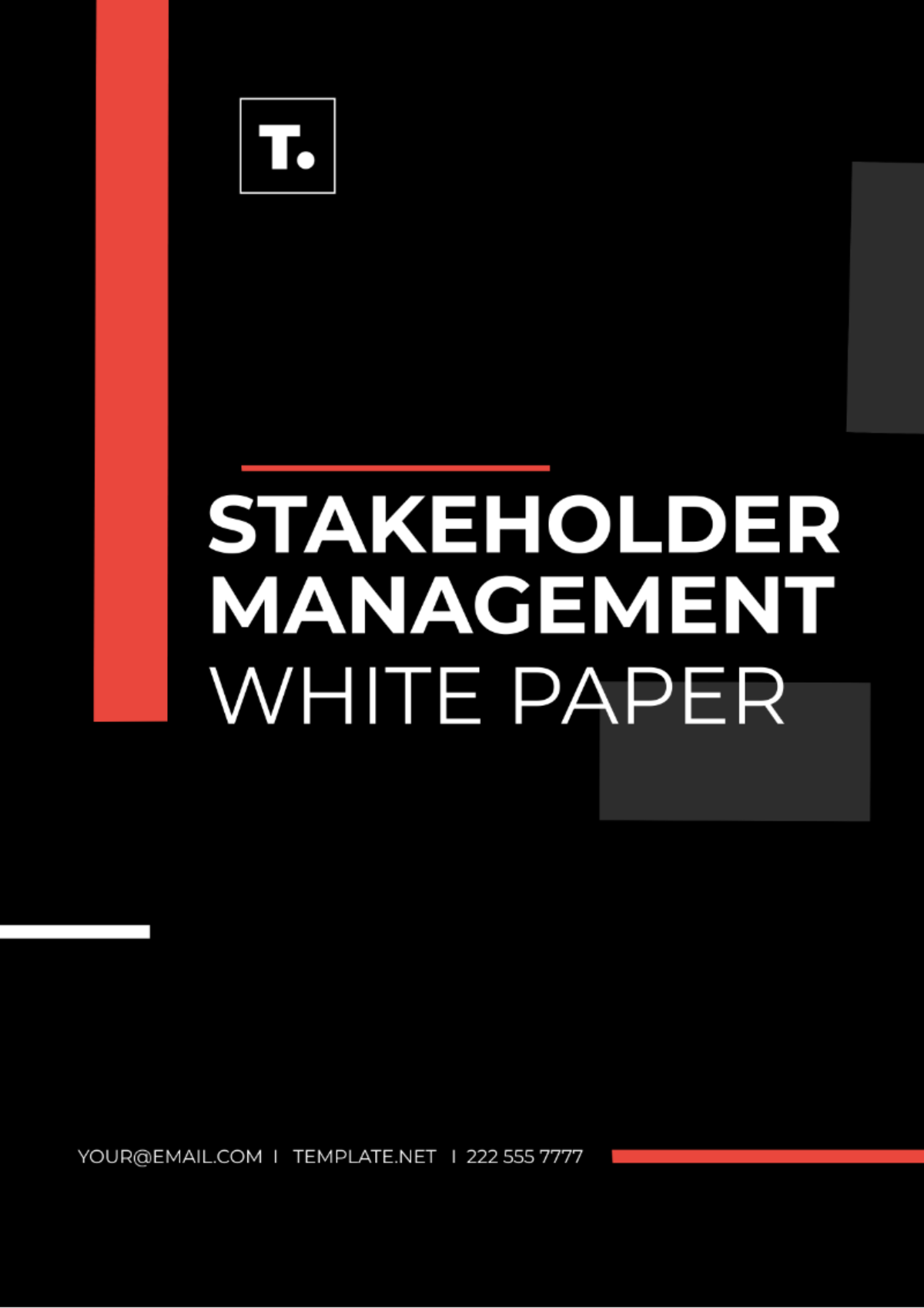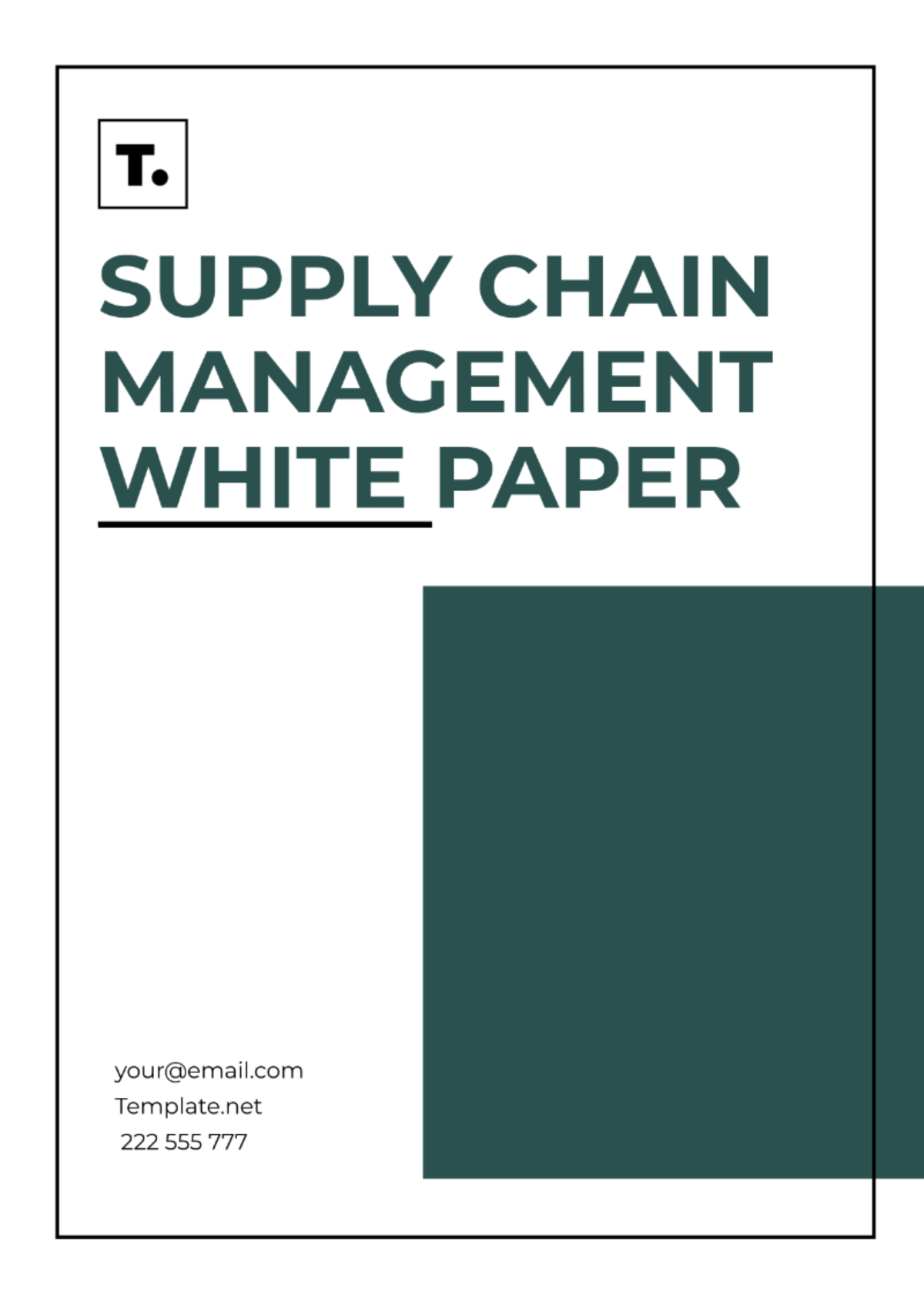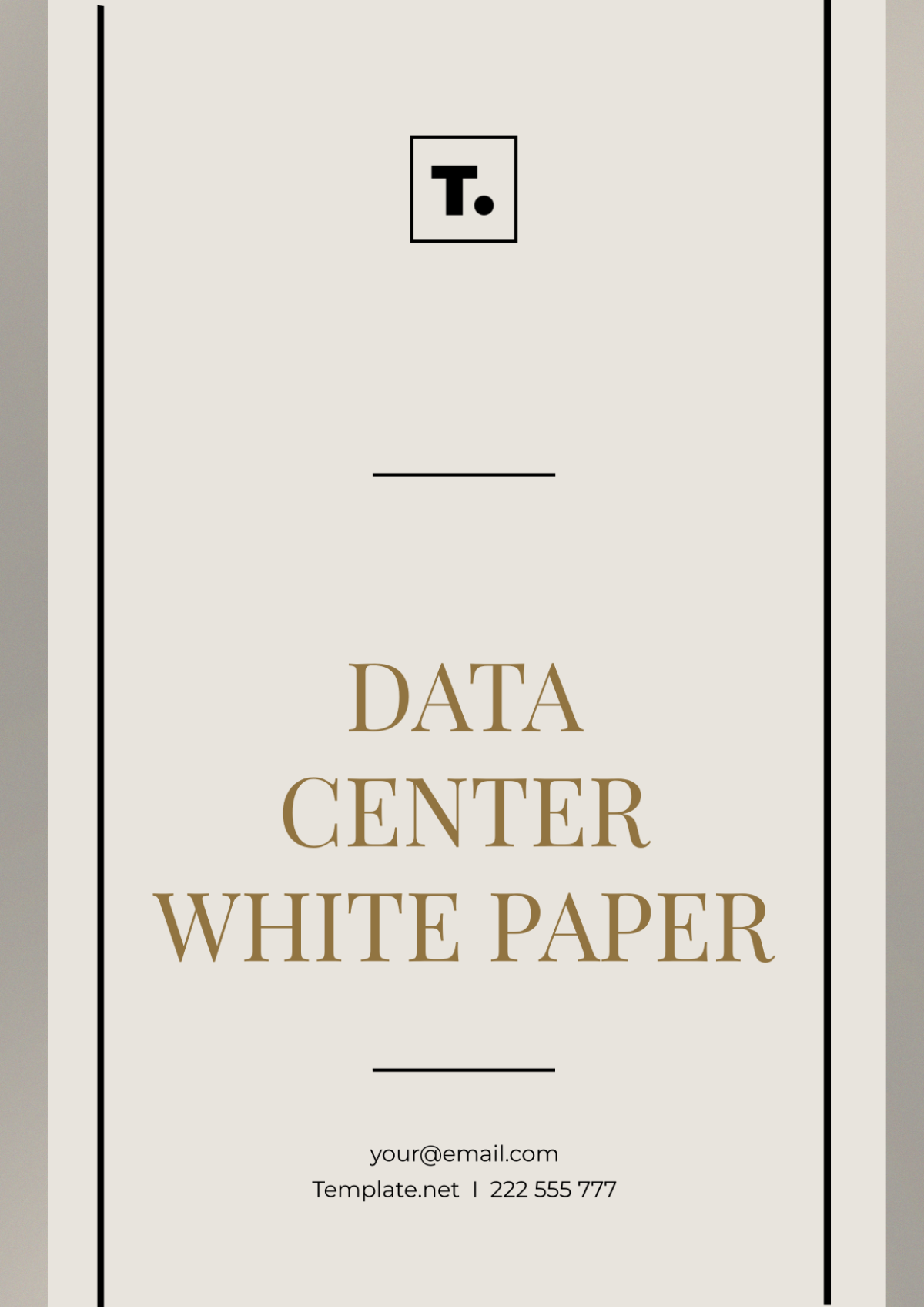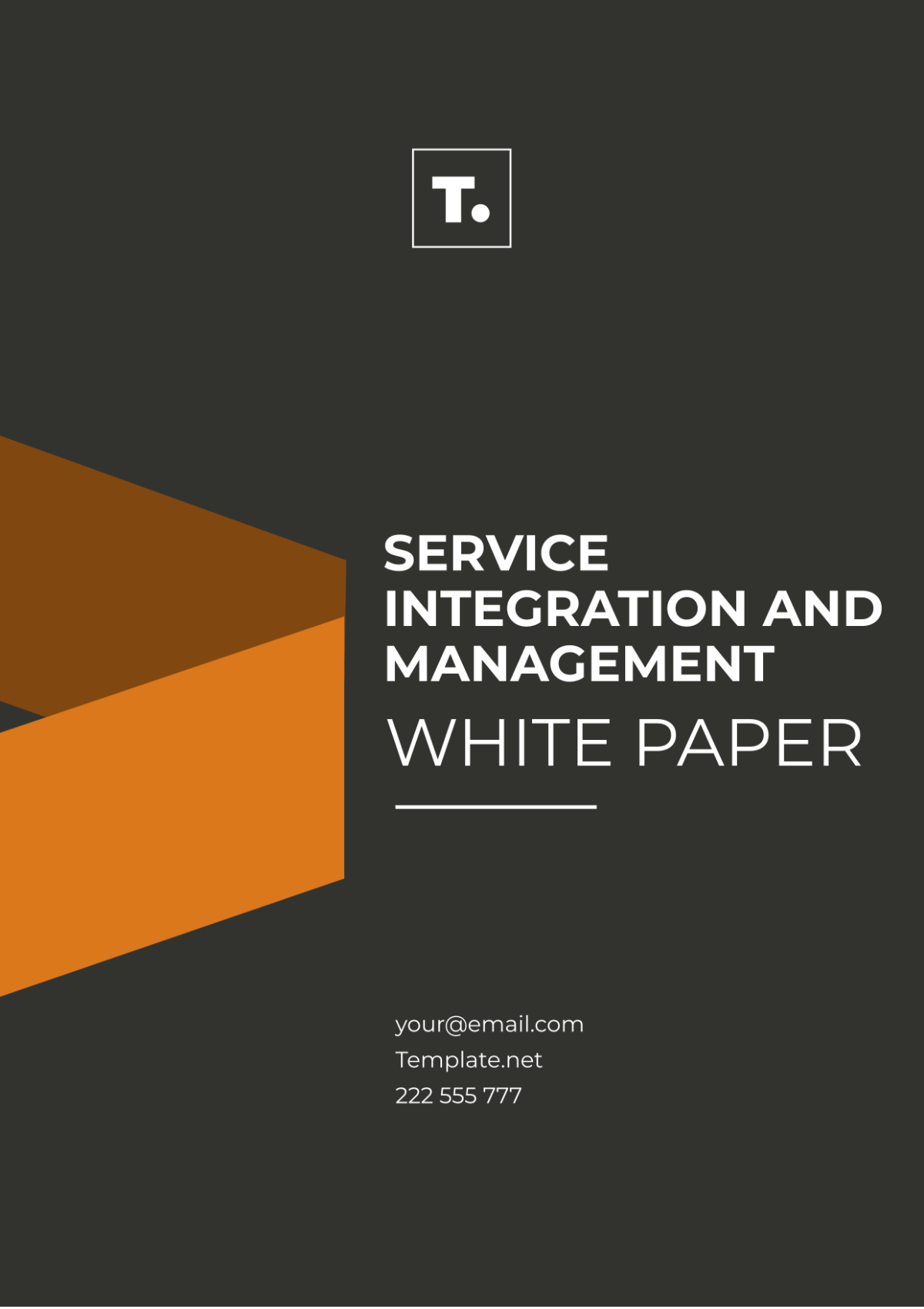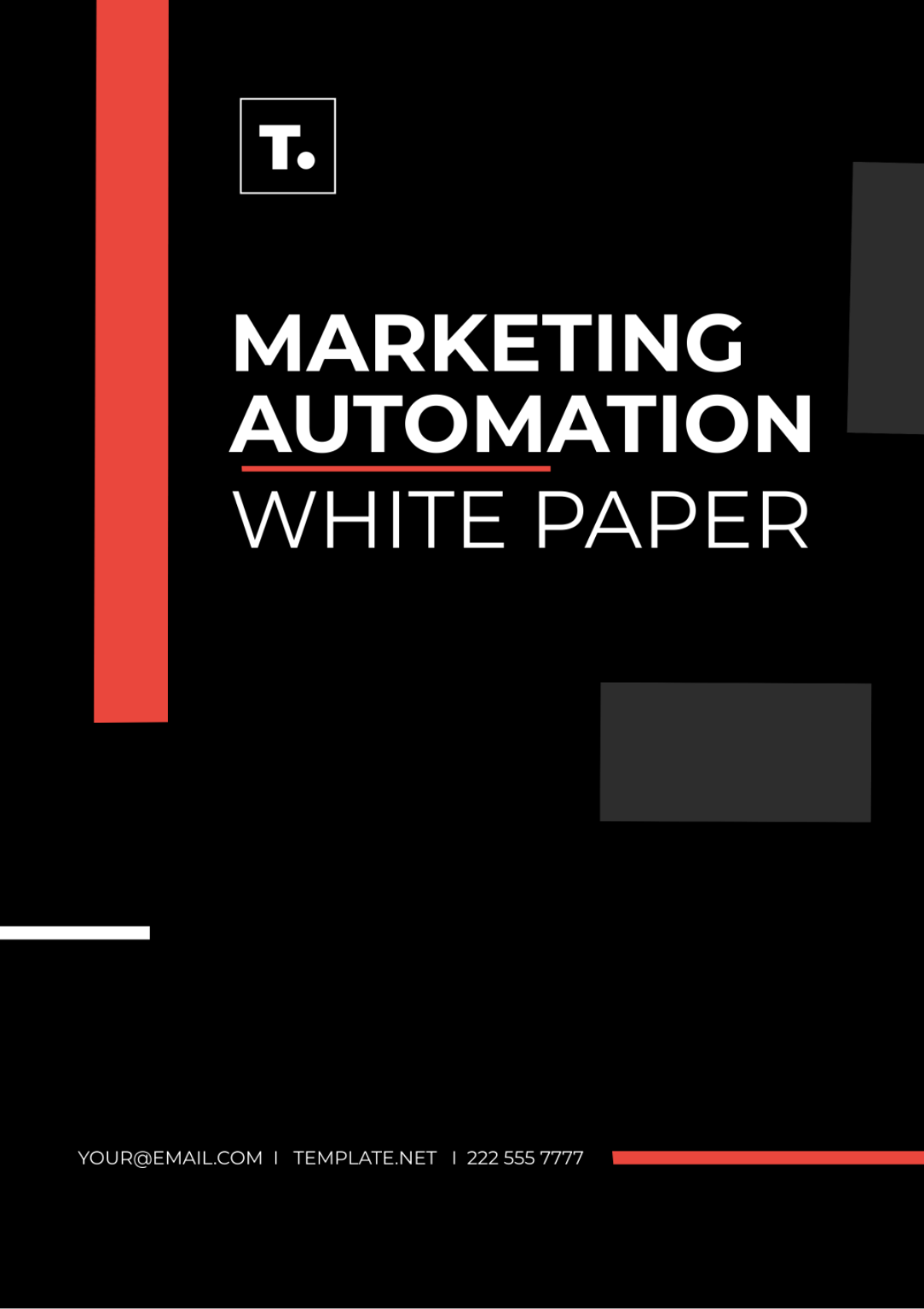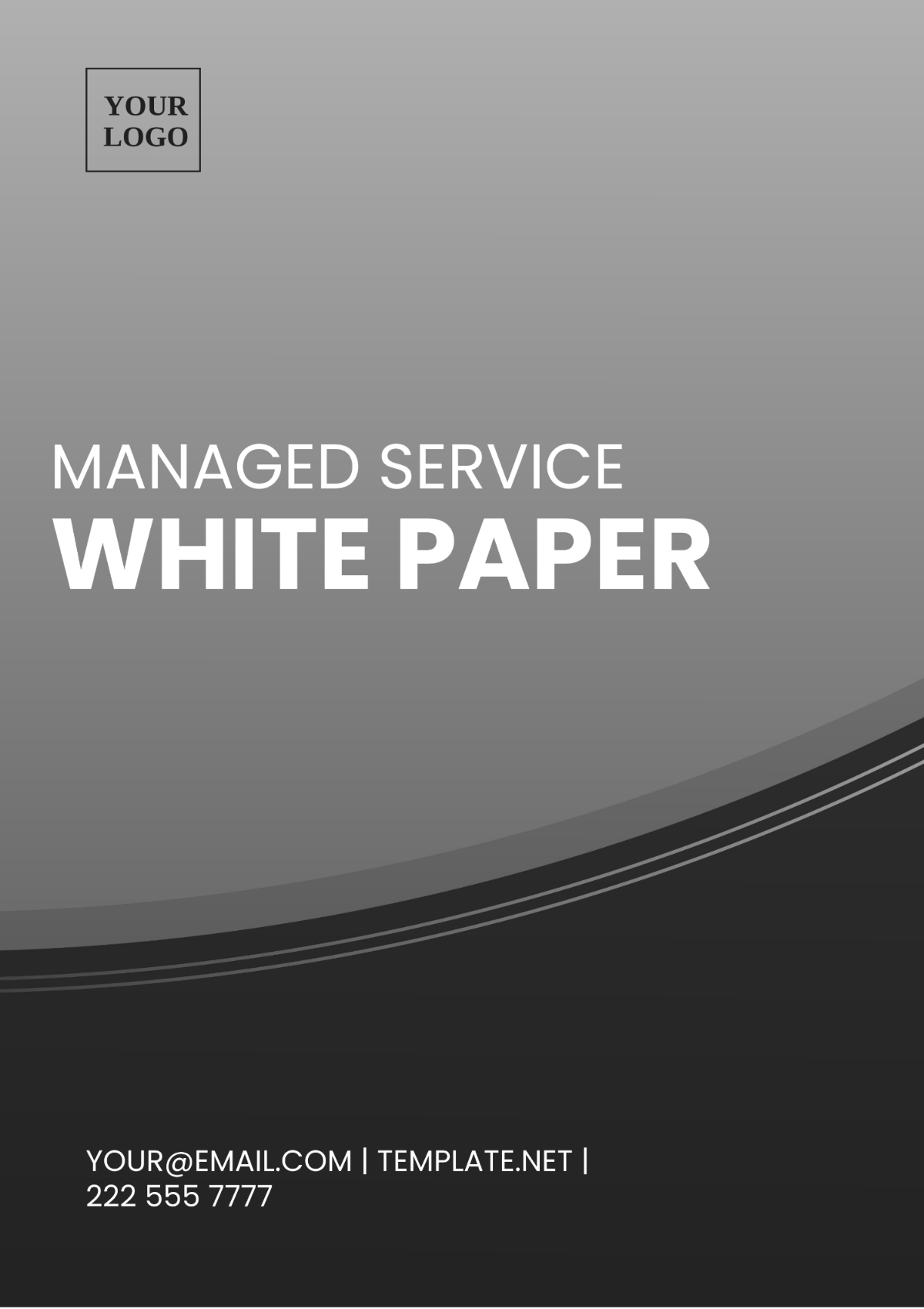SERVICE INTEGRATION AND MANAGEMENT WHITE PAPER
Prepared by: [Your Name]
For: [Your Company Name]
Date: [DATE]
Department: [YOUR DEPARTMENT]
I. Executive Summary

Objective:
The primary objective of this White Paper is to delve into the complexities of service integration and management within organizations, providing detailed insights and practical guidelines for optimizing these processes.
Focus Areas:
Collaboration Enhancement: Explore strategies to foster collaboration among different departments and stakeholders involved in service delivery.
Improved Service Delivery: Discuss best practices for enhancing the quality, efficiency, and reliability of service delivery mechanisms.
Alignment of IT Services with Business Objectives: Highlight the importance of aligning IT services with overarching business goals and objectives to drive organizational success.
Key Deliverables:
Strategies: Present actionable strategies and frameworks for effectively integrating and managing services across the organization.
Best Practices: Share industry best practices and success stories from real-world SIAM implementations.
Actionable Recommendations: Provide practical recommendations that organizations can implement to optimize their service integration and management processes.
II. Introduction
Context: In today's rapidly evolving business landscape, organizations are faced with a myriad of challenges related to managing diverse services, ranging from IT infrastructure to customer support systems. This section will delve into the specific challenges and complexities associated with service integration and management.
SIAM Framework: Introduce the SIAM framework as a structured approach that addresses these challenges by providing a comprehensive methodology for integrating and managing services effectively.
Transformational Potential: Highlight the transformative potential of SIAM in driving operational excellence, improving service quality, and enhancing overall business agility.
III. Background
Aspect | Description |
|---|---|
Historical Evolution | Trace the historical evolution of service management practices, from traditional siloed approaches to the emergence of integrated service delivery models. |
Emergence of SIAM | Explore foundational concepts like service orchestration, governance, and the role of technology in enabling seamless service integration. |
Modern Challenges and Opportunities | Discuss the current landscape of service integration challenges, including the proliferation of cloud services, increasing complexity of IT ecosystems, and the need for enhanced collaboration across departments. |
IV. Objectives
Empowerment: Empower organizations to streamline their service management processes, reduce inefficiencies, and improve overall operational performance.
Enhanced Performance: Enhance service quality, responsiveness, and customer satisfaction through optimized service delivery mechanisms.
Real-world Insights: Provide practical insights and real-world examples of successful SIAM implementations to inspire and guide organizations in their journey towards effective service integration and management.
V. Methodology
Research Approach:
Conduct in-depth interviews with industry experts, service managers, and IT professionals to gather insights and best practices.
Analyze case studies of organizations that have implemented SIAM frameworks to understand key success factors and challenges.
Conduct market analysis to identify emerging trends, technologies, and industry standards related to service integration and management.
Credibility Assurance: Ensure the credibility, relevance, and applicability of the information presented by cross-referencing data and insights from multiple sources.
Best Practices Integration: Incorporate industry best practices, standards, and frameworks such as ITIL, COBIT, and ISO 20000 to provide a comprehensive and well-rounded perspective on SIAM.
VI. Key Findings

Critical Success Factors:
Improved Service Levels: Organizations that successfully implement SIAM frameworks experience significant improvements in service quality, responsiveness, and reliability.
Cost Savings: SIAM adoption leads to cost efficiencies through optimized resource allocation, reduced duplication of efforts, and streamlined processes.
Increased Agility: SIAM enables organizations to respond quickly to changing business needs, market trends, and technological advancements.
Impact Analysis: Explore the impact of SIAM on organizational culture, collaboration, and stakeholder engagement, highlighting the positive changes and benefits realized through effective service integration and management.
Real-world Benefits: Showcase tangible benefits and lessons learned from successful SIAM implementations, including improved IT-business alignment, reduced operational costs, and enhanced customer satisfaction.
VII. Benefits of SIAM

Process Improvement:
Streamlined Processes: SIAM helps streamline service delivery processes, reducing bottlenecks, delays, and inefficiencies.
Standardized Practices: Implementing SIAM frameworks leads to the adoption of standardized practices and workflows across the organization, ensuring consistency and quality in service delivery.
Enhanced Management:
Vendor Management: SIAM facilitates effective vendor management, contract negotiation, and performance monitoring, ensuring optimal service delivery from external providers.
Governance and Compliance: SIAM frameworks include governance mechanisms that ensure compliance with industry regulations, standards, and best practices, reducing risks and enhancing transparency.
Strategic Alignment:
IT Services Alignment: SIAM aligns IT services with business needs and objectives, ensuring that IT investments and initiatives contribute directly to organizational success.
Cross-functional Collaboration: SIAM fosters collaboration among different departments and stakeholders, breaking down silos and promoting a holistic approach to service delivery and management.
VIII. Challenges and Solutions
Common Challenges:
Cultural Barriers: Resistance to change, lack of collaboration, and siloed mentalities hinder effective service integration and management.
Integration Complexities: Integrating diverse technologies, platforms, and systems poses challenges in ensuring interoperability, data consistency, and seamless workflows.
Practical Solutions:
Change Management Strategies: Implement change management processes to address cultural barriers, build buy-in from stakeholders, and foster a culture of collaboration and continuous improvement.
Governance Frameworks: Establish robust governance frameworks that define roles, responsibilities, processes, and decision-making mechanisms to address integration complexities, ensure accountability, and facilitate effective decision-making.
Risk Mitigation: Provide insights into mitigating risks associated with SIAM implementation, such as data security risks, vendor management challenges, and service disruptions, through proactive risk assessment, contingency planning, and monitoring mechanisms.
[Your Name]
[Your Position]
[Your Company Name]
[Your Department]
[Your Number]
